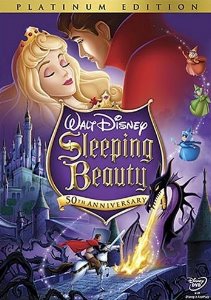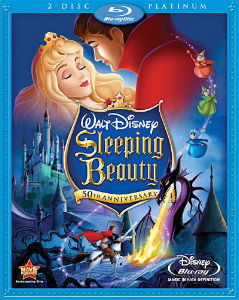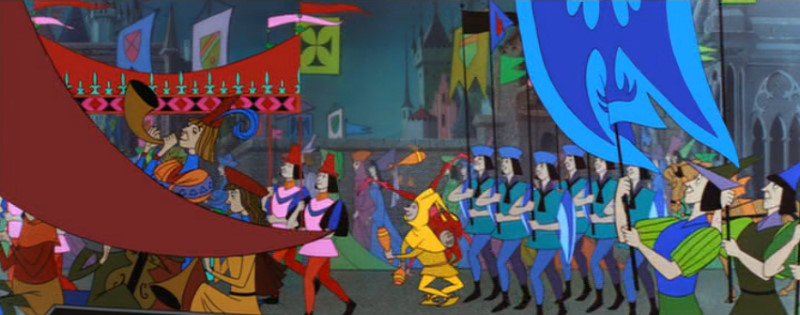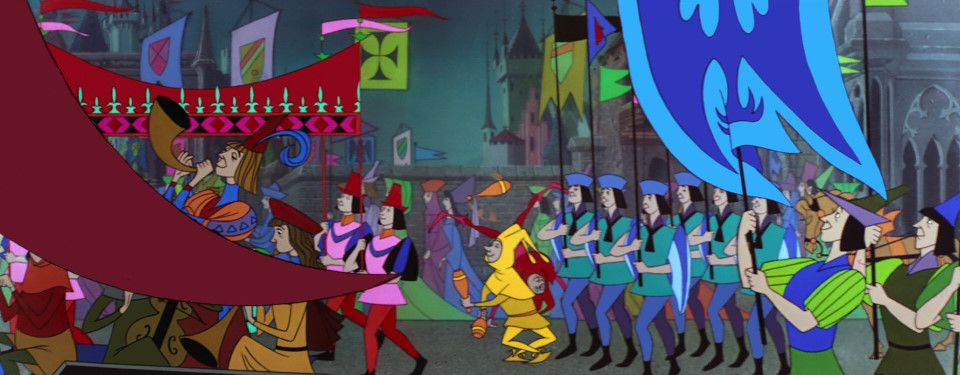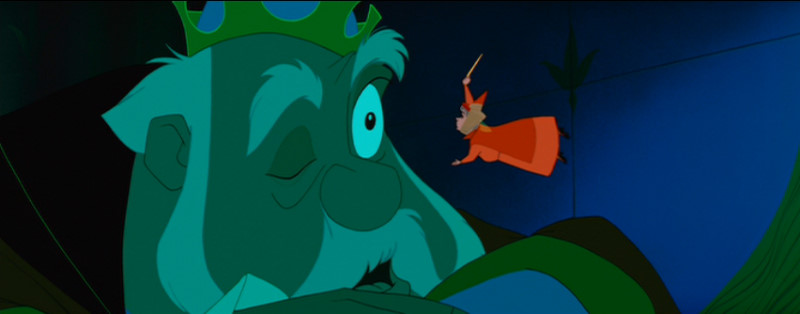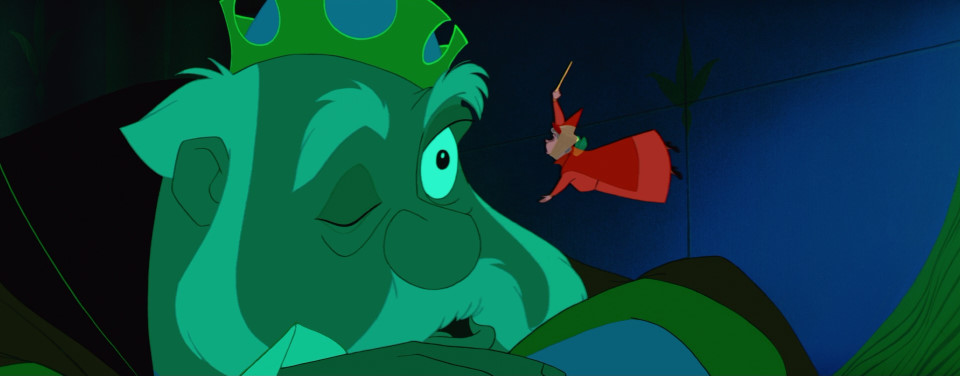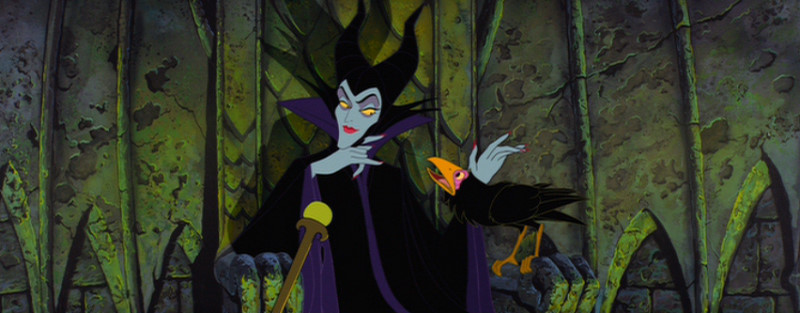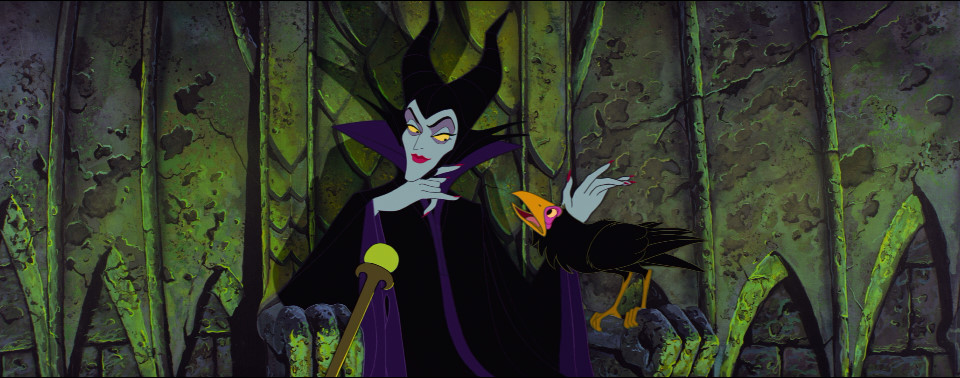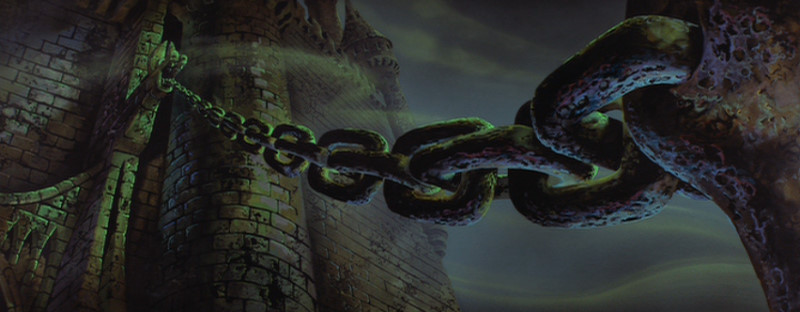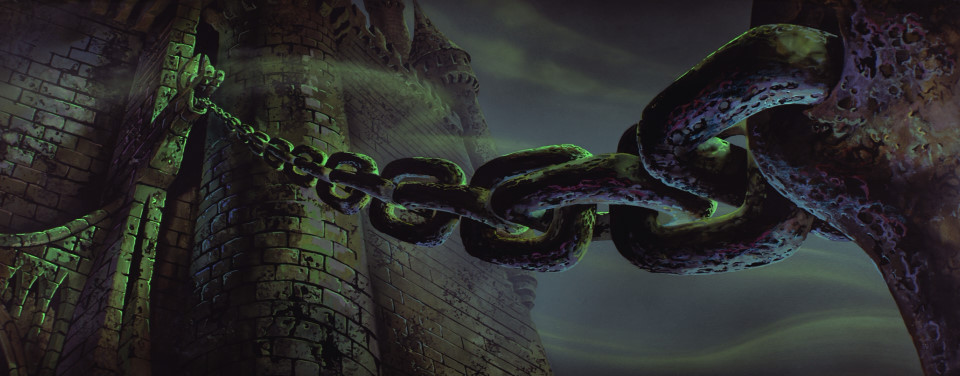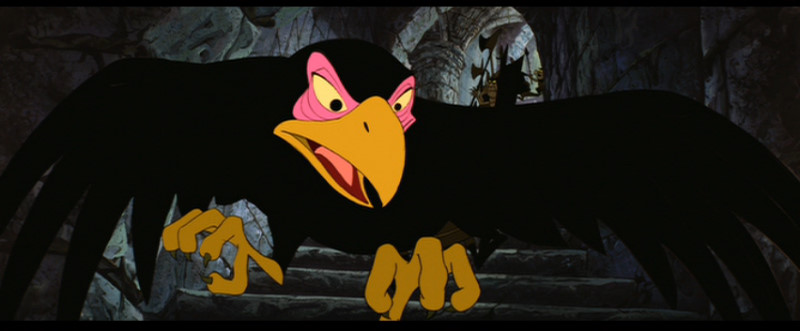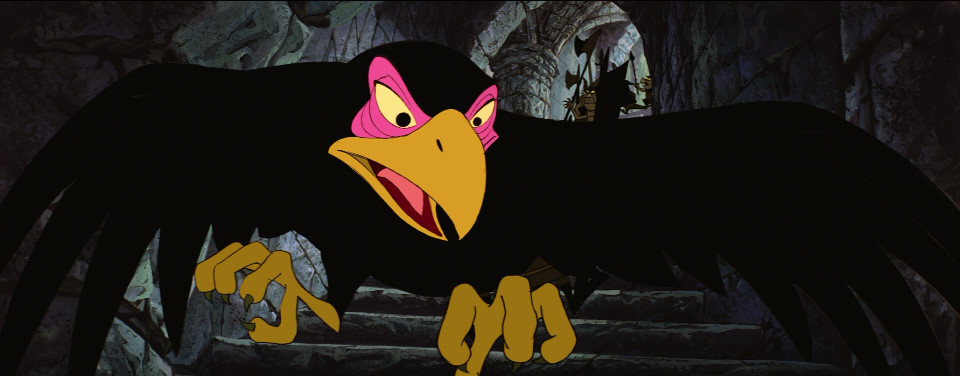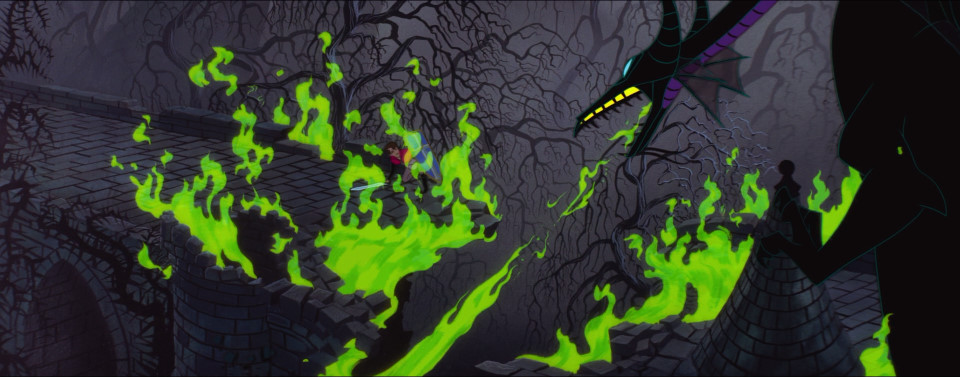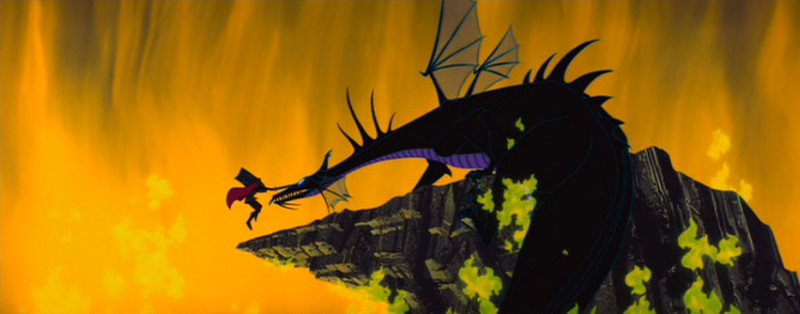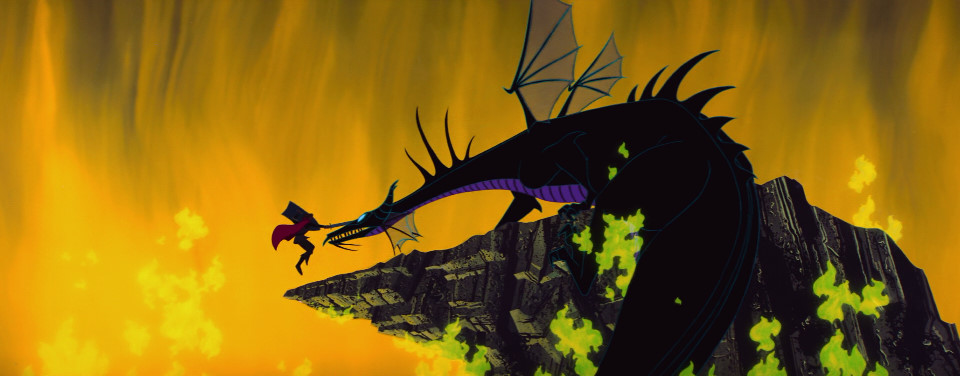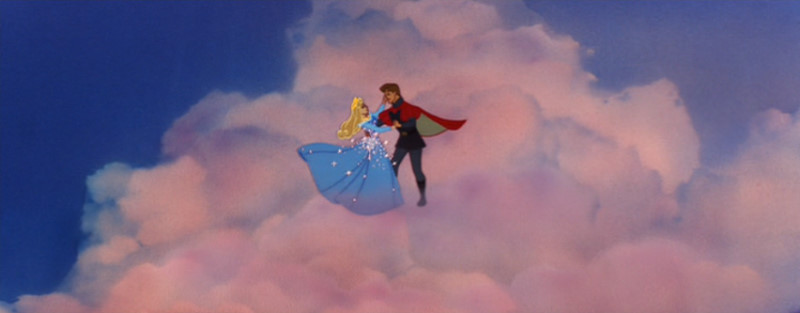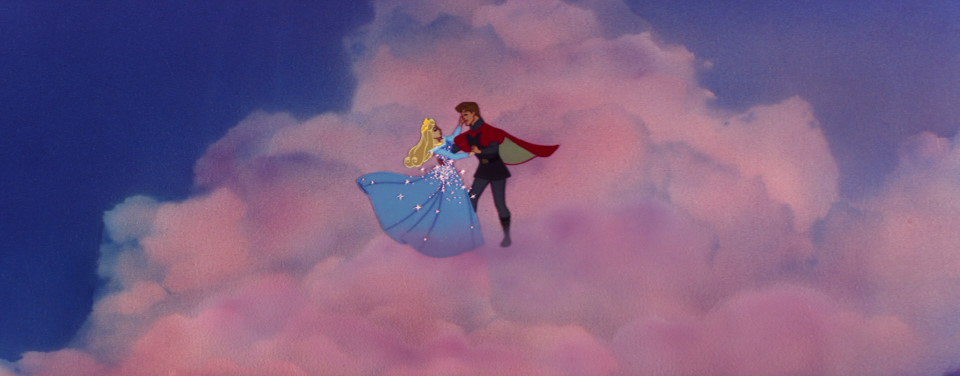![]()
![]()

![]()
![]()
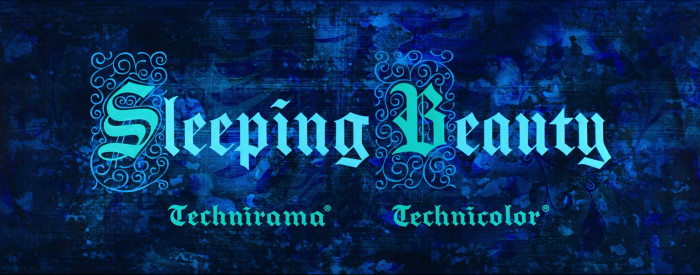
directed
by Clyde Geronimi
USA 19
|
Walt Disney was always fascinated with sound and music, and felt they were every bit as important as image, story and animation technique. A visit to his theme parks demonstrates the point: every ride, every entertainment, every adventure has its own sound field, its own music. In his animated series of short films, he called Silly Symphonies, Disney experimented with stories told only with image and music – no dialog. He did cheat a bit in that the music had lyrics that helped tell the story - something akin to all those 1930s Busby Berkeley Gold Digger musicals from the 1930s, only more insipid. The basic idea was brought to it logical extension in his 1940 masterpiece, Fantasia, which is a series of more or less unrelated experiments in free form animation, some without any representation to speak of, and now entirely without the help of a lyric.
Leonard Norwitz of DVDBeaver |
Posters
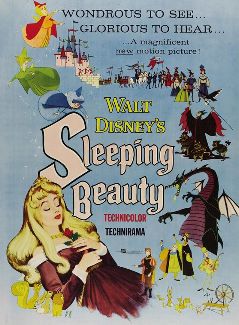 |
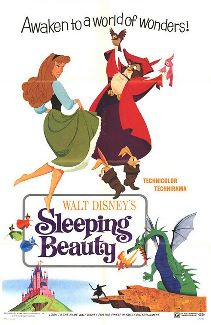 |
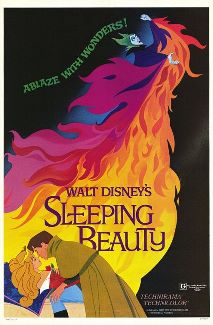 |
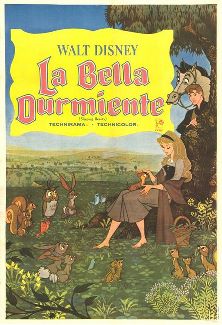 |
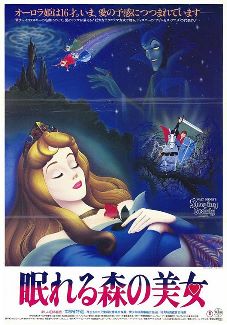 |
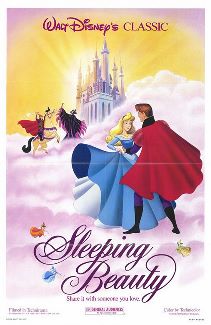 |
Theatrical Release: January 29th, 1959
Reviews More Reviews DVD Reviews
DVD Comparison:
|
Walt Disney (Two-Disc Platinum Edition) - Region 1 - NTSC vs. Walt Disney - (2-disc Platinum Edition) - Region A - Blu-ray |
(Walt Disney (2-disc Platinum SD-DVD) - Region 1 - NTSC - LEFT vs. Walt Disney - 2-disc Platinum Edition - Region A - Blu-ray - RIGHT)
| DVD Box Covers |
|
|
| Distribution |
Walt Disney 2-disc Platinum Edition Region 1 - NTSC |
Walt Disney - 2-disc Platinum Edition Region A Blu-ray |
| Runtime | 1:15:06 | 1:15:10 |
| Video |
2.55:1
Original Aspect Ratio |
Video codec: MPEG4- AVC, dual-layered
Feature: 17.9 Gig |
| Audio | English Disney Enhanced Theater Mix (DEHT), English Restored Digital soundtrack, English (Dolby Digital 5.1 Mono), DUBs: French (Dolby Digital 5.1), Spanish (Dolby Digital 5.1 Mono) |
English: DTS-HD Master Audio 7.1, Restored Original Theatrical soundtrack |
| Subtitles | English (SDH), French, Spanish, None | English SDH, none NOTE: Subtitles available for the commentary as well! |
| Features |
Release Information: Studio: Walt Disney Aspect Ratio:
Edition Details:
Disc One
DVD Release Date: October 7, 2008
Digipak case |
Release Information: Studio: Walt Disney
Aspect Ratio: 1080P Dual-layered, VC-1 encode Feature: 17.9 Gig, Disc with extras 35.1 Gig
Edition Details:
Disc One * Trailers/promos for other Disney films, including the upcoming theatrical release "Princess & The Frog" and the next Platinum Edition DVD release; "Pinocchio." Extras on Blu-ray Disc 2: Games & Activities: • Briar Rose's Enchanted Dance Game: Learn to Waltz, taking on the role of Princess Aurora or Prince Phillip. • "Sleeping Beauty" Fun With Language Game. This one is definitely for VERY young children who must identify the most basic of words using visuals from the film. Backstage Disney: • Picture Perfect: The Making Of "Sleeping Beauty" (43:32) • Eyvind Earle: The Man and His Art (7:33) • Alternate Opening (3:28) . • 3 Deleted Songs • 8 Art Galleries, including visual design, character development, storyboards, publicity, and a detailed look at the Storybook featured in the film's opening, * Original Disneyland Sleeping Beauty Castle walkthrough attraction • Sequence 8 (Forest Scene) (5:30) • Publicity features 3 trailers (teaser, original 1959, and 1995 re-release) • "Four Artists Paint One Tree" (16:08) (in HD) is a 1958 featurette that has four Disney artists (Marc Davis, Eyvind Earle, Joshua Meador, and Walt Peregoy) painting the same tree, each showing their own personal style. Walt Disney himself encourages each to "be themselves." • Storyboard sequences • Live-action reference footage. See three of the black and white films that were shot to aid the animators.
Blu-ray
Release Date: October 7, 2008 Chapters 30 |
| Comments |
NOTE: The below Blu-ray captures were ripped directly from the Blu-ray disc. Firstly, I must state how displeased I am with the excessive trailers prior to the Blu-ray feature presentation - I think I counted nine this time (film and Blu-ray adverts). You have to laboriously click-thru them (can't simply activate the main menu). It makes me long for Warner products - where you put the disc in and the film starts up. Okay, enough griping... NOTE: I focused far more on the Blu-ray in this comparison only noting the additional (or omitted) features compared to the SD-DVD 50th Anniversary. On the image: Being animation we typically don't notice large improvements in detail, although it is there - it is never at the same level as with advanced resolution in live action. What is most prominent in the Blu-ray over the SD-DVD image are the way colors are rendered. They seem far more pure without a hint of bleeding. This reinforces the tightness of the image and gives it superior sharpness. I suggest clicking on a few of the expandable Blu-ray captures to see the greater depth of the 1080P image quality. Colors aren't overly brilliant, as some may expect from Technicolor, but they are strong and consistent and can occasionally really jump to life. The Blu-ray DTS-HD Master Audio 7.1 is still, surprisingly, a shade flat at times but overall I thought it really enhanced my personal viewing experience. The only other option (no DUBs) is the Restored Original Theatrical soundtrack. This had some perceived buoyancy to it that picks up where the 7.1 leaves off. Quite a different mix but it was quite impressive as well. Reinforcing my option that this Blu-ray is not region FREE (Region 'A' locked), there are only English (SDH) subtitles available (also available for the dialogue in the commentary). Technically the feature disc is dual-layered taking up about 35.1 Gig of the 50 Gig space but the feature itself covers only 17.9 Gig. The rest of the disc space is filled with the extensive supplements.
The extras, listed in full above, are endless. I'm certain no fan of the film will be left wanting and it may take a few nights to faithfully get through them all (Personally, I admit that I have not yet). The commentary is exceptional. John Lasseter (taking the lead often), film critic Leonard Maltin, and Disney animator Andreas Déja show a contagious enthusiasm for Sleeping Beauty and can highlight a number of anecdotal stories associated with Disney and the production. I think it is one of the more information-filled commentaries I have heard this year despite the short length of the film. I expect the trio could have talked for 3 additional hours. I'll add that some of the featurettes on the Blu-ray are in 1080 resolution ("Four Artists Paint One Tree" (16:08),"Grand Canyon" and The Peter Tchaikovsky Story). Dave "Davelandweb" on Amazon
HERE gives the best excerpt description I could link to
for the supplements: The Blu-ray also has BD-LIVE feature (that the SD obviously does not) described as 'innovative features premiering on Sleeping Beauty include Chat and Create Custom Video Messages With yoru Friends As You Watch The Film, Shop For Add-Ons and Downloads, Maleficent's Challenge Game, Living Menus Real Time Castle Environment...' and my edition actually came with a paper sleeve of the SD-DVD (disc 1) taped to the front for further enticement to buying the upgraded resolution edition. The price difference between the two editions if less than $4. Even if you don't have a Blu-ray player yet - you should indulge - since you get the first disc of the SD package included anyway!This is an unfathomably extensive release. One of the family classic now looking as good as it ever has for home theater viewing. The Blu-ray, with its stellar image, strong audio and lovingly-created extras (plus the bonus of the SD-DVD included) is warmly recommended. -Gary Tooze |
SD-DVD Menus / Extras
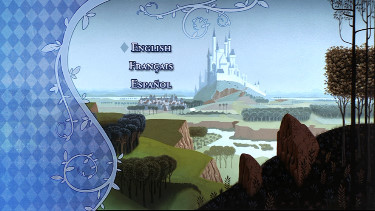 |
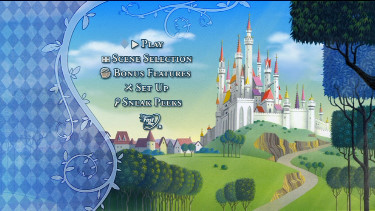 |
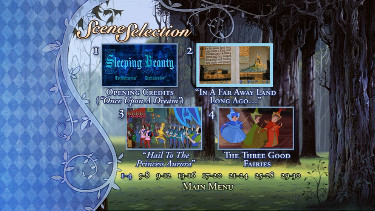 |
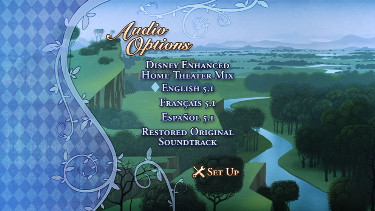 |
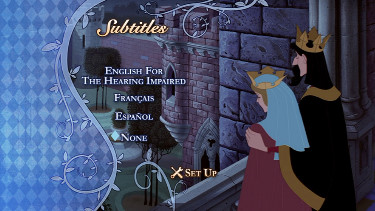 |
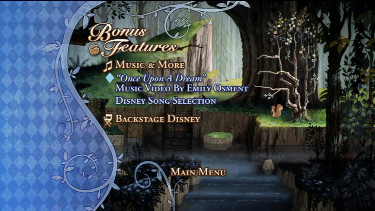 |
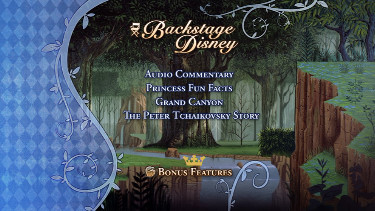 |
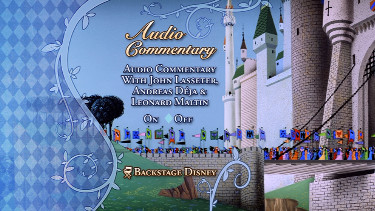 |
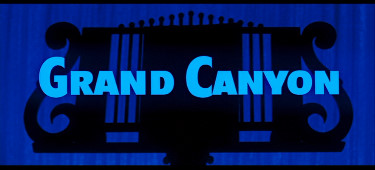 |
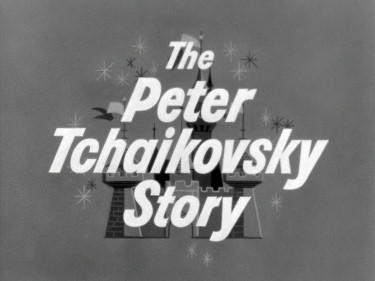 |
Screen Captures
(Walt Disney (2-disc Platinum SD-DVD) - Region 1 - NTSC - TOP vs. Walt Disney - 2-disc Platinum Edition - Region A - Blu-ray - BOTTOM)
CLICK EACH BLU-RAY CAPTURE TO SEE ALL IMAGES IN FULL 1920X1080 RESOLUTION
|
|
(Walt Disney (2-disc Platinum SD-DVD) - Region 1 - NTSC - TOP vs. Walt Disney - 2-disc Platinum Edition - Region A - Blu-ray - BOTTOM)
|
|
(Walt Disney (2-disc Platinum SD-DVD) - Region 1 - NTSC - TOP vs. Walt Disney - 2-disc Platinum Edition - Region A - Blu-ray - BOTTOM)
|
|
(Walt Disney (2-disc Platinum SD-DVD) - Region 1 - NTSC - TOP vs. Walt Disney - 2-disc Platinum Edition - Region A - Blu-ray - BOTTOM)
|
|
(Walt Disney (2-disc Platinum SD-DVD) - Region 1 - NTSC - TOP vs. Walt Disney - 2-disc Platinum Edition - Region A - Blu-ray - BOTTOM)
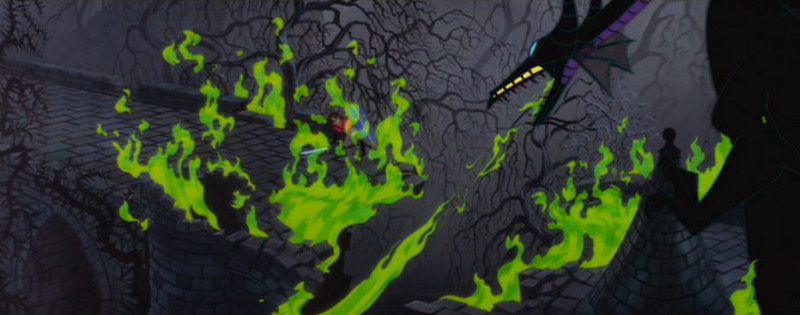 |
Report Card:
![]()
![]()
![]()
![]()
